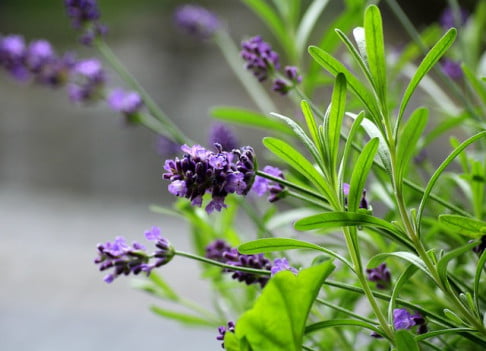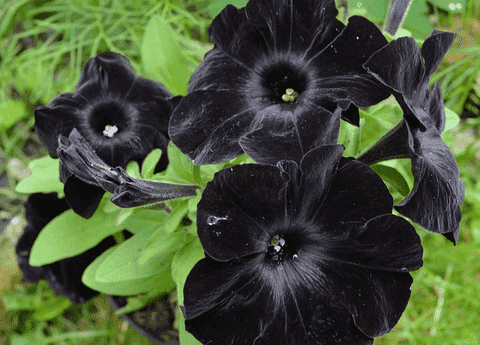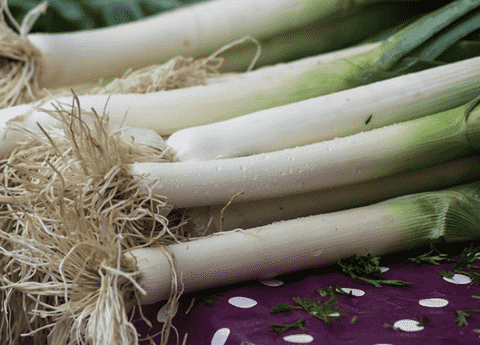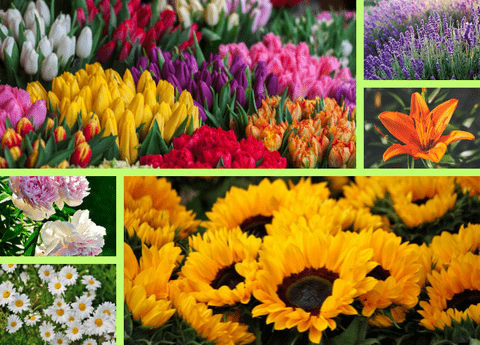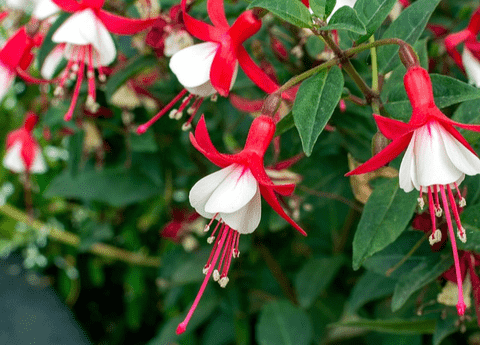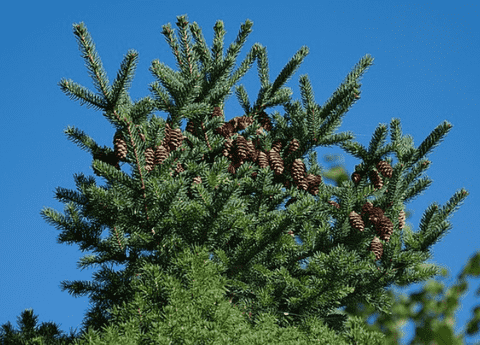English Lavender Plant Care: Expert Tips for Beginners
Caring for English lavender plants can be a rewarding experience for both novice and seasoned gardeners alike. Known for its fragrant blooms and versatile uses, English lavender adds beauty and a touch of serenity to any garden space. However, achieving optimal growth and maintaining the health of these plants requires some basic knowledge and specific care techniques. In this guide, we will provide expert tips and step-by-step instructions tailored for beginners, ensuring your English lavender thrives and becomes a stunning focal point in your garden. Dive in to transform your gardening journey with these essential care tips.
Introduction to English Lavender
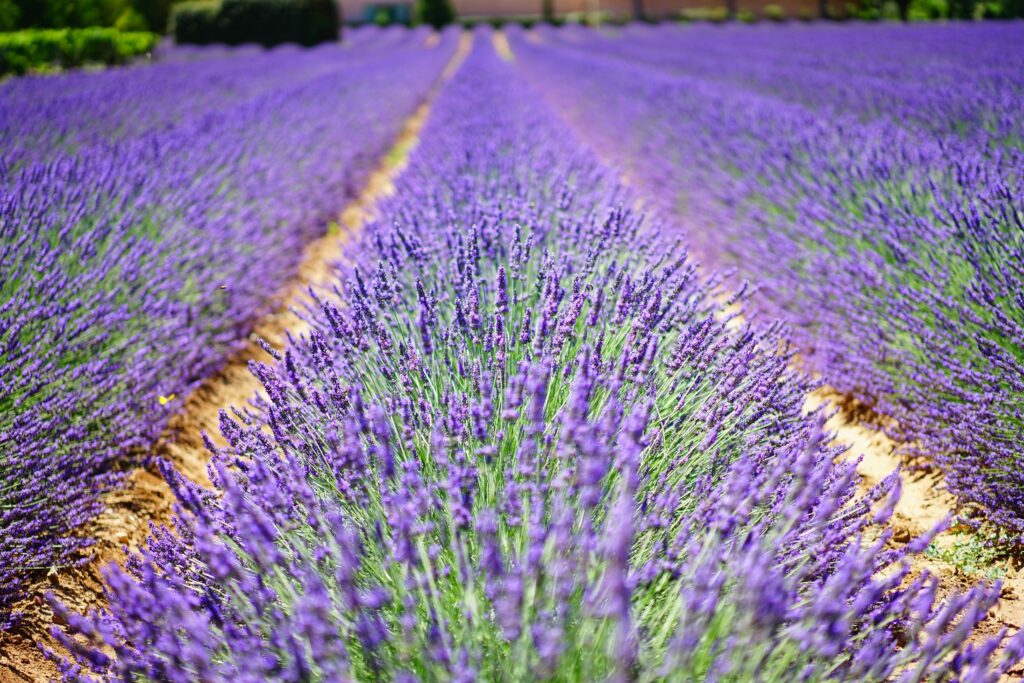
Why Choose English Lavender?
English lavender, or Lavandula angustifolia, is a popular choice among gardeners for several compelling reasons. Firstly, it is known for its hardiness, capable of thriving in a variety of climates and soil types, making it an ideal option for beginners. Its fragrant purple flowers not only add aesthetic appeal but also attract beneficial pollinators like bees and butterflies, enhancing the overall health of your garden. Additionally, English lavender has numerous uses beyond ornamental purposes. Its essential oils are widely used in aromatherapy, while the dried flowers can be employed in crafting sachets, potpourris, and even culinary dishes. This versatility makes English lavender a valuable addition to any garden, offering both beauty and functionality. Choosing English lavender means investing in a plant that provides multiple benefits with relatively low maintenance requirements.
Benefits of Growing Lavender
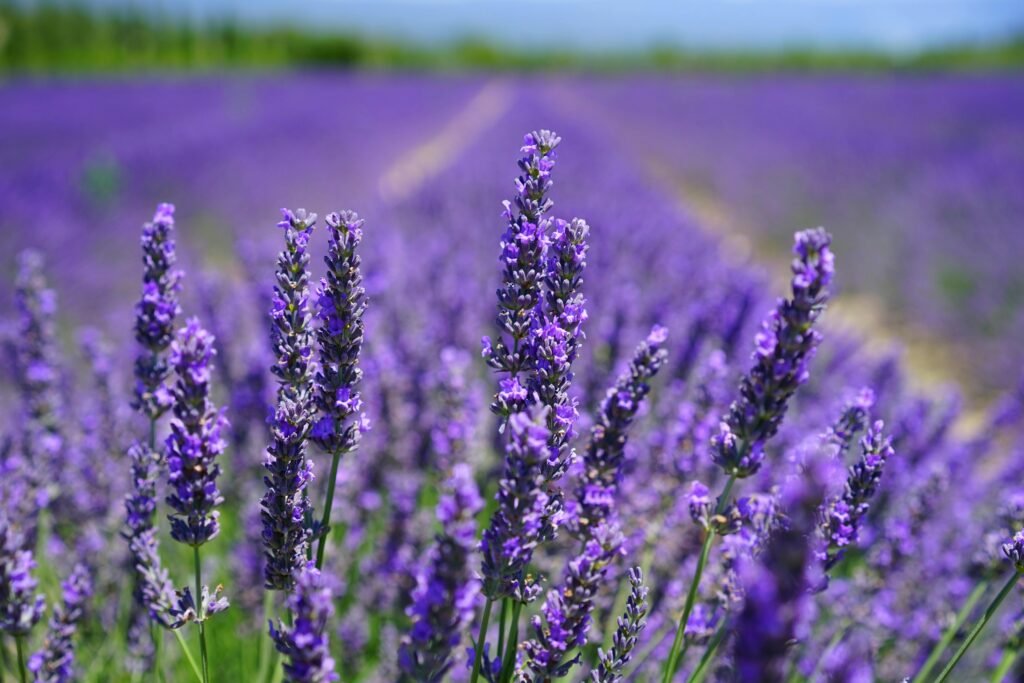
Growing English lavender offers numerous benefits that extend beyond its visual appeal. One of the primary advantages is its ability to repel pests. The strong scent of lavender is a natural deterrent for insects such as mosquitoes and moths, creating a more pleasant outdoor environment. Additionally, lavender is known for its drought tolerance, requiring minimal watering once established, which makes it an eco-friendly choice for water conservation. The plant’s essential oils are highly valued for their calming and therapeutic properties, often used in aromatherapy to alleviate stress and anxiety. Moreover, lavender can enhance your garden’s biodiversity by attracting pollinators like bees and butterflies, which are crucial for the health of many plants. Lastly, lavender is a versatile herb that can be used in cooking, crafting, and even homemade beauty products. These diverse benefits make growing English lavender a rewarding endeavor for any gardener.
Common Misconceptions About Lavender
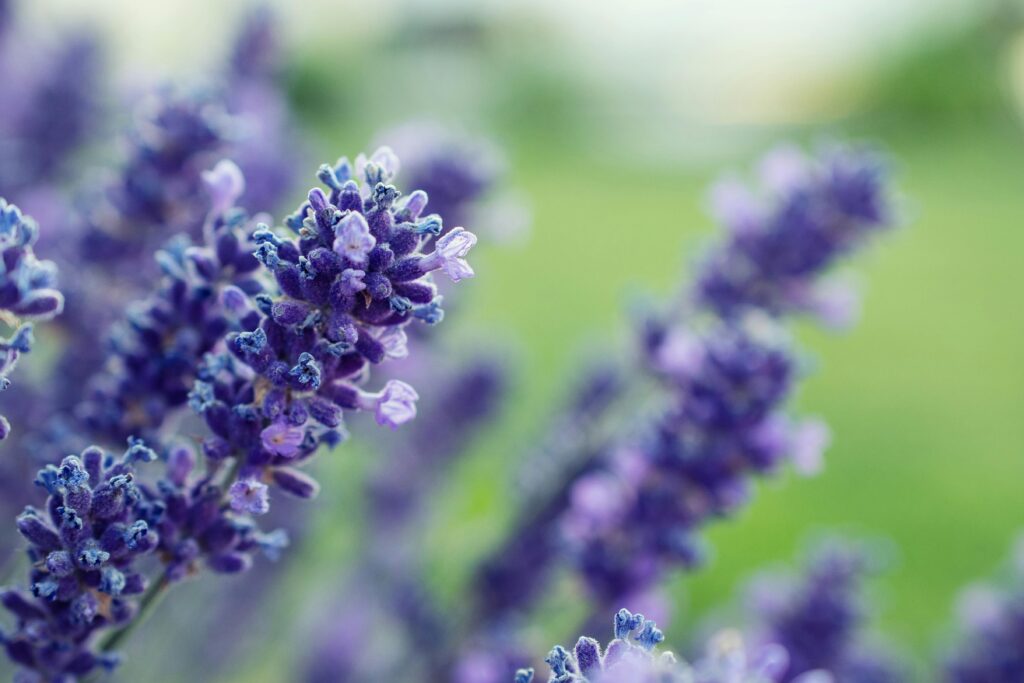
There are several common misconceptions about growing English lavender that can deter beginners. One prevalent myth is that lavender is difficult to grow and maintain. In reality, with the right conditions and care, lavender is quite hardy and low-maintenance. Another misconception is that lavender requires constant watering. Overwatering can actually harm the plant; lavender prefers well-drained soil and can tolerate dry conditions once established. Some people also believe lavender can’t thrive in cooler climates. While lavender prefers a sunny, warm environment, English lavender in particular is more cold-hardy than other varieties and can survive frost with proper care. Finally, it’s often thought that lavender only has ornamental value. This overlooks its culinary, medicinal, and aromatic uses, which add significant value to growing this versatile plant. Understanding these misconceptions can help you better appreciate and successfully cultivate English lavender in your garden.
Planting and Growing
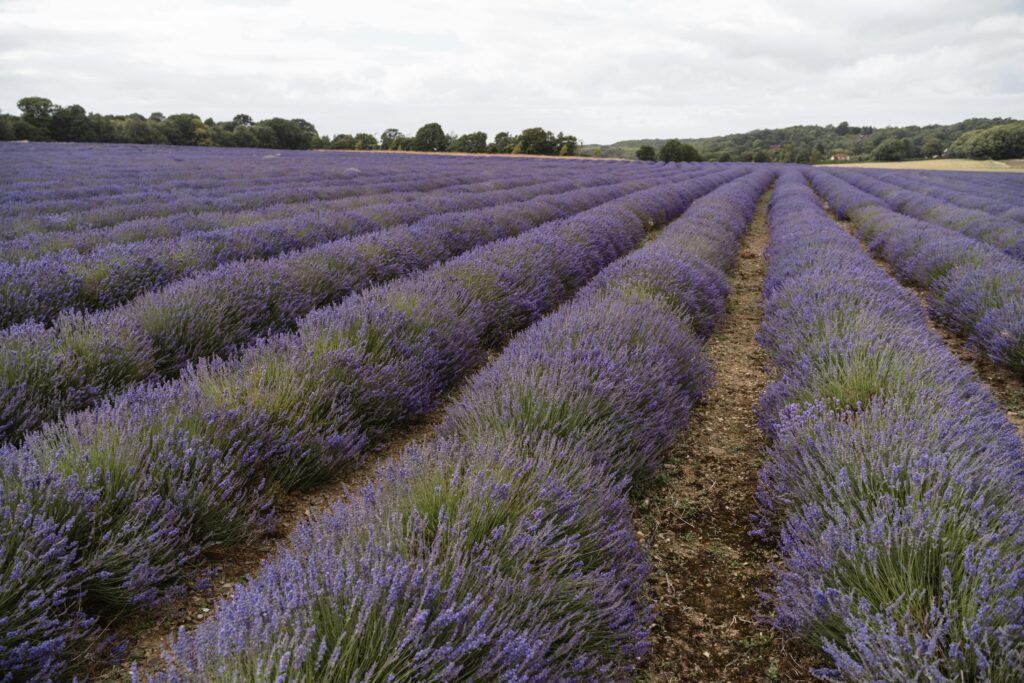
Ideal Soil and Location
For optimal growth, English lavender requires well-drained soil and a sunny location. The soil should be slightly alkaline to neutral, with a pH range of 6.5 to 7.5. If your soil is heavy or clay-like, consider mixing in sand or gravel to enhance drainage. Poor drainage can lead to root rot, which is a common issue with lavender plants. When selecting a location, choose a spot that receives at least six hours of direct sunlight each day. Lavender thrives in full sun and can tolerate heat, but it doesn’t do well in shaded or overly moist environments. Moreover, maintaining proper air circulation around the plants can aid in preventing fungal diseases. By providing the right soil conditions and location, you’ll set a strong foundation for your English lavender to flourish and produce its signature fragrant blooms.
Proper Watering Techniques
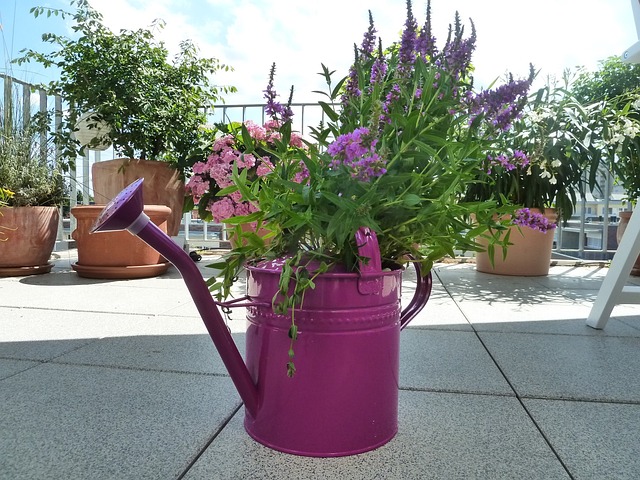
Proper watering is crucial for the health of your English lavender. Initially, newly planted lavender requires regular watering to help establish its roots. Water thoroughly but less often, letting the soil dry out between watering sessions. Once established, lavender is drought-tolerant and needs significantly less water. Overwatering can lead to root rot and other fungal diseases, so it’s essential to avoid keeping the soil consistently moist. A helpful guideline is to water when the top inch of soil feels dry to the touch. Additionally, it’s best to water at the base of the plant rather than from overhead to prevent moisture from accumulating on the leaves and flowers, which can cause mildew. By following these watering techniques, you can ensure that your English lavender remains healthy and vibrant, with a robust root system and abundant blooms.
Pruning and Harvesting Tips

Pruning is essential for maintaining the health and shape of your English lavender. The best time to prune is in early spring or after the first bloom. Using sharp, clean shears, cut back about one-third of the plant’s height, focusing on removing spent flowers and any dead or woody stems. This promotes fresh growth and prevents the plant from getting too spindly. Avoid cutting into the old wood, as this can hinder regrowth.
Harvesting lavender is straightforward. The ideal time to harvest is when about half of the flower spikes have opened. Cut the stems in the morning after the dew has dried but before the heat of the day. Tie the stems into small bundles and hang them upside down in a cool, dark place to dry. Proper pruning and timely harvesting not only keep your lavender looking its best but also ensure a steady supply of fragrant blooms for various uses.

